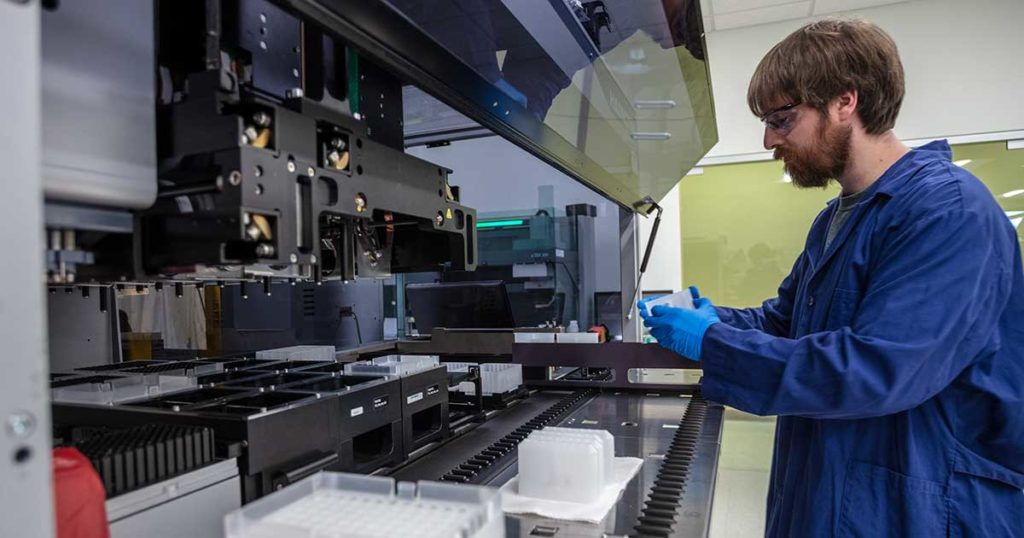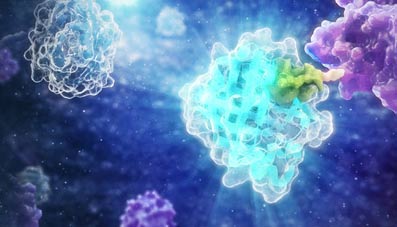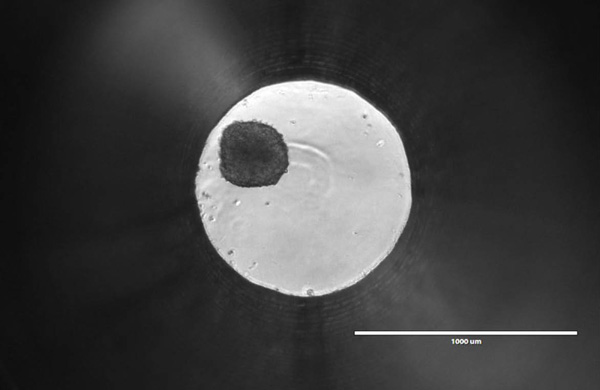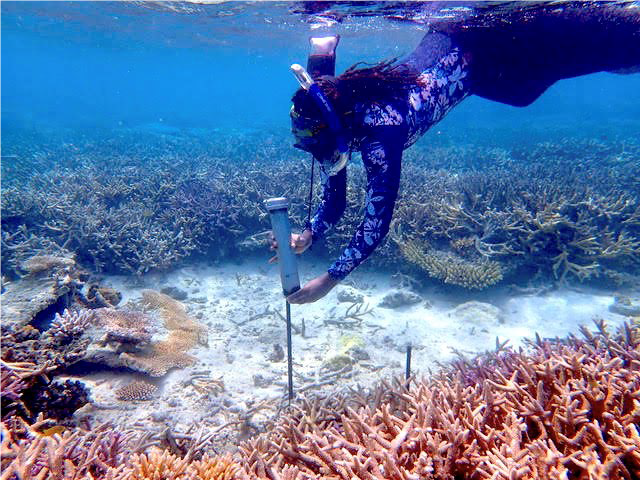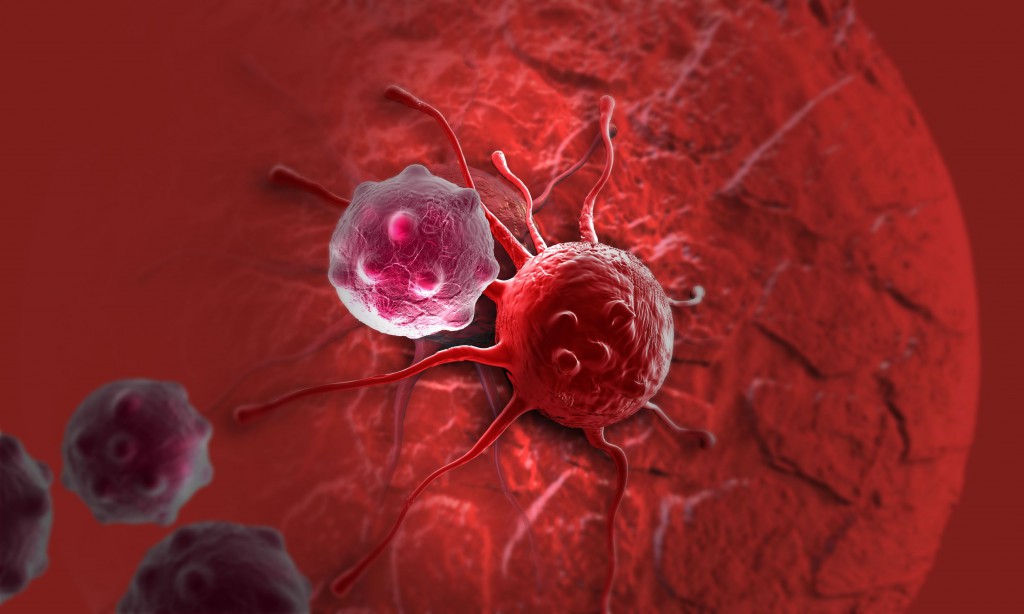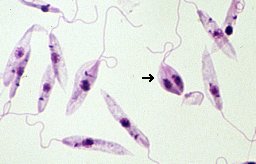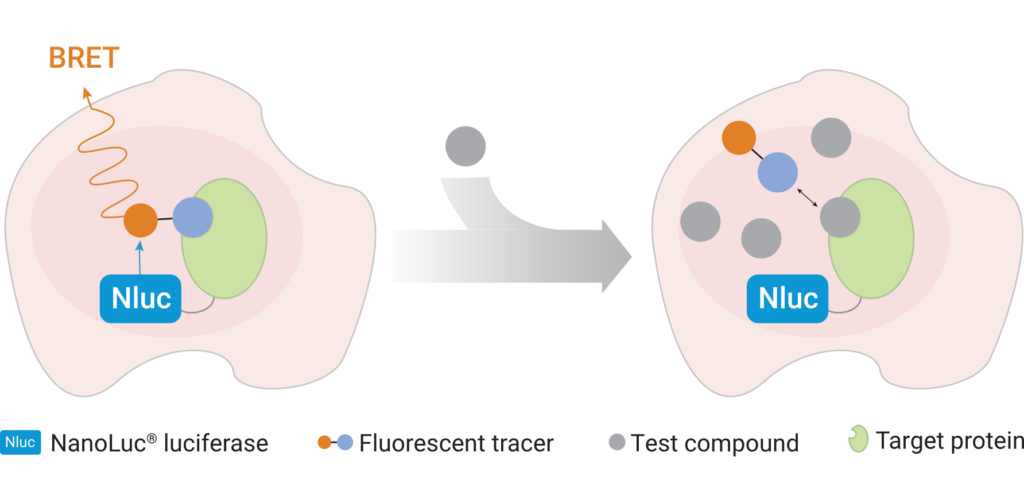Today’s blog is written by guest blogger, Isobel Utschig, a science teacher at Dominican High School in Whitefish Bay, WI. We bring this to you in celebration of #TeacherAppreciationWeek 2020
About 10 years ago, I attended a field trip at the Biopharmaceutical Technology Center Institute with my AP Biology classmates. I felt apprehensive upon seeing the micropipettes and other “foreign” lab supplies on the benchtops. We learned that we would be using enzymes to cut DNA and visualize those different fragments on a gel. I marveled at the glowing streaks and found it incredible that I was looking (albeit indirectly) at real pieces of DNA. As we moved into the genetic transformation activity I was even more intrigued. We opened the tubes of bacteria and added some luciferase DNA, which would allow the bacteria to create a light-producing protein. We then “heat shocked” the bacteria to coax them to take up these plasmids from their environment looking at the bacteria later, their glow revealed our success. The day flew by and at the end I marveled at all that we had done!
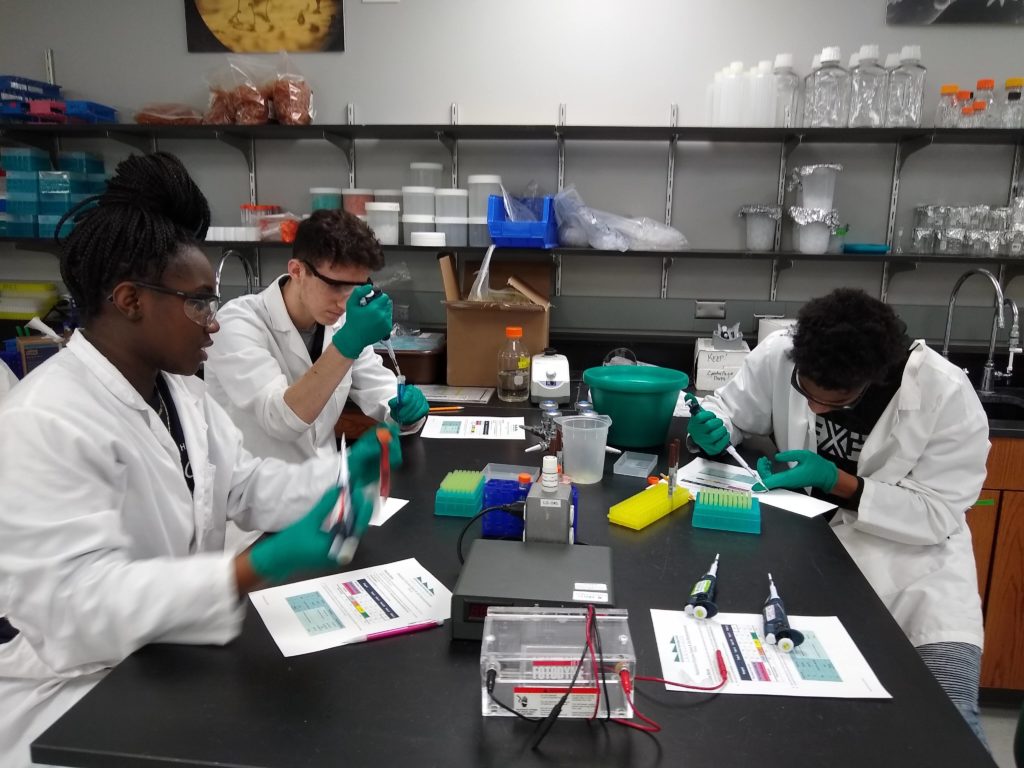
during a BTC Institute field trip
Three years later I joined a research lab at Marquette University. Upon seeing the lab benches full of unfamiliar equipment, the same wave of apprehension came over me. My PI introduced me to the first task: digest a plasmid with restriction enzymes and verify the cut with gel electrophoresis. Memories of the high school field trip flooded my mind as I gripped a micropipette and attempted to nimbly load the wells. While I greatly improved in my skills over the course of the summer, the familiarity I had from my trip to the BTC Institute put me at ease from the beginning.
Continue reading “A Valuable AP Biology Throwback”